What is this Al's gritty mix?
pippi21
14 years ago
Featured Answer
Sort by:Oldest
Comments (43)
tapla (mid-Michigan, USDA z5b-6a)
14 years agoRelated Professionals
Otsego Landscape Architects & Landscape Designers · Desert Hot Springs Landscape Contractors · Harvey Landscape Contractors · Kerman Landscape Contractors · Washington Landscape Contractors · Chanhassen Solar Energy Systems · Imperial Beach Solar Energy Systems · Eden Prairie Solar Energy Systems · Spokane Window Contractors · Westmont Window Contractors · Chandler Fence Contractors · Lansing Fence Contractors · Oakdale Fence Contractors · Saginaw Fence Contractors · San Leandro Fence Contractorscalistoga_al ca 15 usda 9
14 years agobayoufilter
14 years agotapla (mid-Michigan, USDA z5b-6a)
14 years agosparklynnrose
14 years agomeyermike_1micha
14 years agomonet_g
14 years agomeyermike_1micha
14 years agosparklynnrose
14 years agomonet_g
14 years agosparklynnrose
14 years agomonet_g
14 years agojojosplants
14 years agosparklynnrose
14 years agojojosplants
14 years agopippi21
14 years agojojosplants
14 years agoandersons21
14 years agotapla (mid-Michigan, USDA z5b-6a)
14 years agohummersteve
14 years agogreenman28 NorCal 7b/8a
14 years agojojosplants
14 years agoyucatan
14 years agotapla (mid-Michigan, USDA z5b-6a)
14 years agogranburyflowergirl
14 years agothailand_dave
14 years agoyucatan
14 years agotapla (mid-Michigan, USDA z5b-6a)
14 years agosusan2010
13 years agoblankpages
12 years agotapla (mid-Michigan, USDA z5b-6a)
12 years agohowelbama
12 years agoblankpages
12 years agotapla (mid-Michigan, USDA z5b-6a)
12 years agosutremaine
12 years agohowelbama
12 years agoKendraSchmidt
12 years agogreenman28 NorCal 7b/8a
12 years agoKendraSchmidt
12 years agogreenman28 NorCal 7b/8a
12 years agokiplor
12 years agoConBasilico
10 years ago
Related Stories
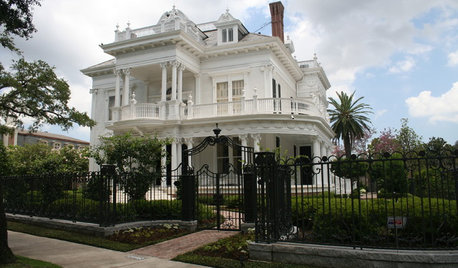
ARCHITECTURECity View: New Orleans Style Mixes It Up
Always ready for a party and a parade, this Louisiana city also counts history, varied cultures and a resilient spirit among its influences
Full Story
KITCHEN DESIGNNew This Week: 2 Kitchens That Show How to Mix Materials
See how these kitchens combine textures, colors and materials into a harmonious whole
Full Story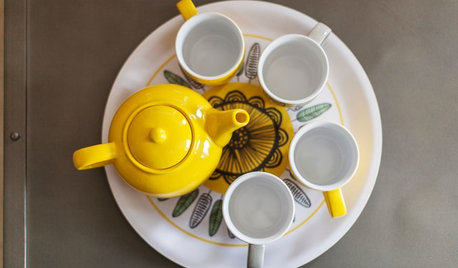
HOMES AROUND THE WORLDHouzz Tour: Gray and Yellow Mix It Up in a London Apartment
A neutral palette gets a jolt of energy from sunny accessories and witty artwork in this new unit in an industrial area
Full Story
DECORATING GUIDESRoom of the Day: A Fresh Mix in a Traditional Colonial
A designer combines rich colors and fabrics with lighter pieces in a living room that's the heart of a North Carolina home
Full Story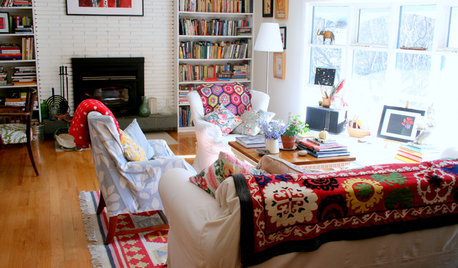
ACCESSORIESFinish Your Look With a Fun Mix of Textiles
Why box yourself into a design corner when you can spread out ever-changing throws, rugs and even bags?
Full Story
LAUNDRY ROOMSSoak Up Ideas From 3 Smart Laundry Rooms
We look at the designers’ secrets, ‘uh-oh’ moments and nitty-gritty details of 3 great laundry rooms uploaded to Houzz this week
Full Story
ECLECTIC HOMESHouzz Tour: A New Chapter for a Storied Chicago Building
Al Capone may have once run the joint, but this top-floor unit had lost its character — until an interior designer moved in
Full Story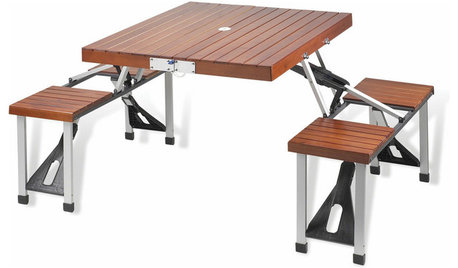
PRODUCT PICKSGuest Picks: Picnic Fixings
Savoring picnic fare under an open sky is even better with these al fresco accessories
Full Story
GARDENING AND LANDSCAPINGPorch Life: 8 Ideas for Great Outdoor Dining
No need to schlep a bulky basket out to the park — enjoy al fresco dining steps away from your kitchen with these porch ideas
Full Story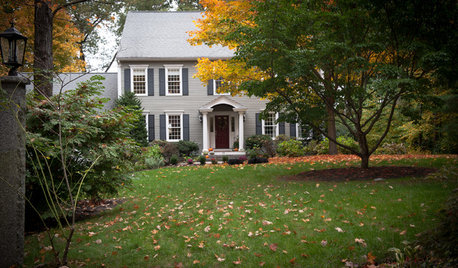
HOUZZ TOURSMy Houzz: Easygoing Elegance for a Massachusetts Saltbox
With beers on tap, a pizza oven and a guitar collection, this home mixes classic with generous doses of fun
Full Story








meyermike_1micha